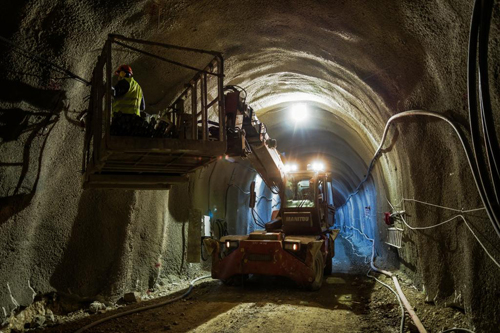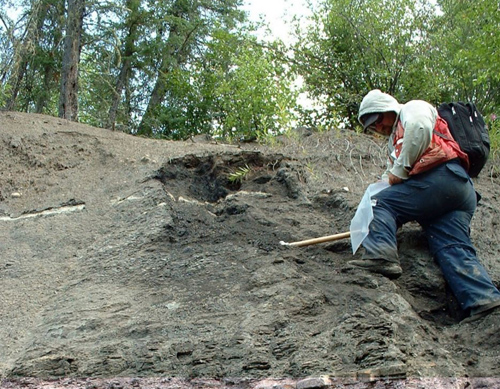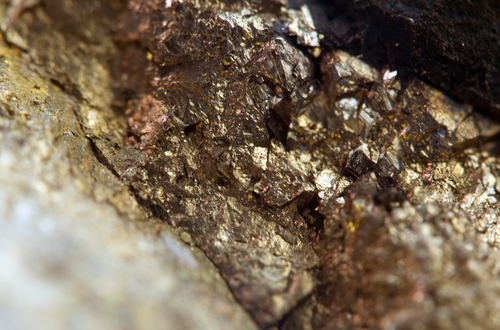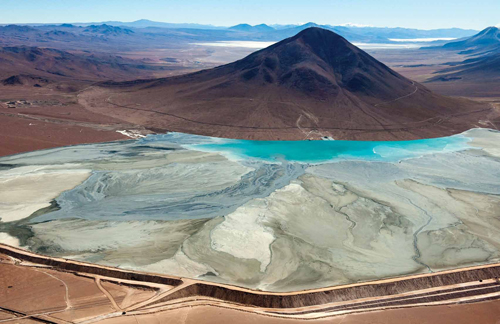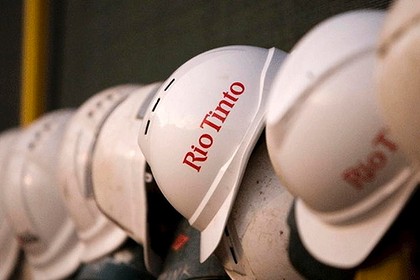
The world’s second largest mining firm has reported a full year net income of $3.7 billion, reversing a $3 billion loss in 2012. As a result it is increasing its annual payout to shareholders by 15 percent to $1.92 per share.
"These strong results reflect the progress we are making to transform our business and demonstrate how we are fulfilling our commitments to improve performance, strengthen the balance sheet and deliver greater value for shareholders," Rio Tinto chief executive Sam Walsh said in a statement.





 Xcalibur-Africa-Mining-Feb14-Bro-s.pdf
Xcalibur-Africa-Mining-Feb14-Bro-s.pdf